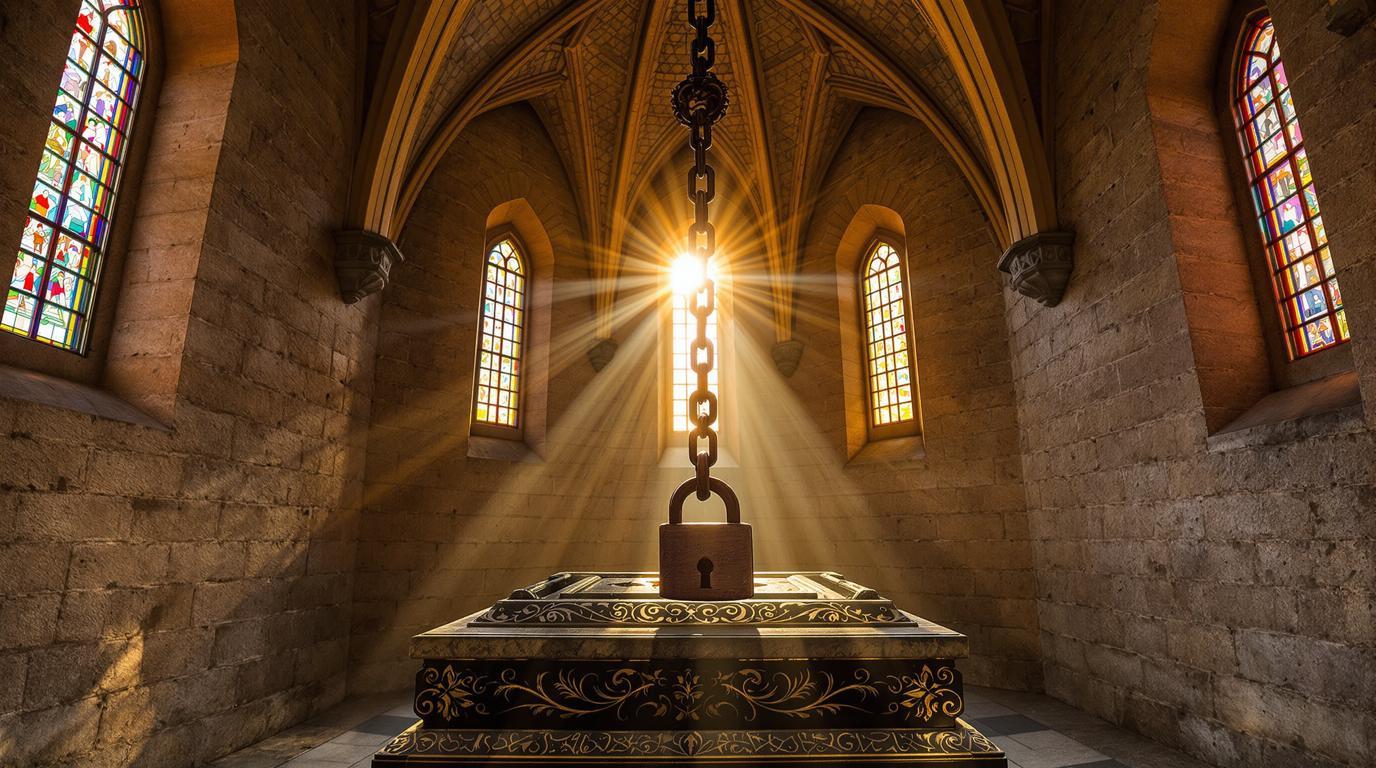Saint-Léonard-de-Noblat stole my heart without warning. One moment I was driving through the French countryside, and the next I stood transfixed before a magnificent Romanesque collegiate church that has witnessed nine centuries of pilgrims, prayers, and history. This medieval gem in France’s Haute-Vienne department isn’t just another pretty European town – it’s a UNESCO World Heritage treasure that most American travelers have yet to discover.
A spiritual crossroads with a curious tradition
The Collegiale church dominates the town’s skyline with its remarkable bell tower that transitions from square to octagonal design. Inside lies the tomb of Saint Leonard himself, where an unusual tradition persists: single women touch the ancient lock above his tomb in hopes of finding a husband – a ritual dating back to medieval times when the saint was known for freeing prisoners.
“Our church has welcomed pilgrims on the Way of St. James for nearly a millennium,” explains Marie, a local guide. “The chain above Saint Leonard’s tomb represents the shackles he broke, but now it represents different kinds of freedom.”
Where medieval streets whisper centuries of stories
Wandering through Saint-Léonard’s narrow cobblestone streets feels like stepping through a time portal. Half-timbered houses lean slightly toward each other, creating intimate passageways that suddenly open to charming squares. The 13th-century Pont de Noblat stone bridge spans the Vienne River, offering postcard-worthy views that become magical at sunrise.
Unlike other historic European towns, Saint-Léonard-de-Noblat remains refreshingly authentic rather than touristy, making it the perfect destination for travelers seeking genuine French culture.
The unexpected paper trail
Saint-Léonard harbors a surprising heritage in papermaking. At Le Moulin du Got, a restored 15th-century paper mill, visitors can witness traditional techniques that once supplied paper to intellectuals and artists across France. The rhythmic slosh of water wheels and earthy scent of pulp create a sensory experience unlike anything in America’s history museums.
A taste of tradition: Massepain that fueled pilgrims
The town’s signature sweet – massepain – originated in 1899 when a local baker created almond biscuits inspired by Swiss pilgrims. These chewy, energy-packed treats were perfectly designed for medieval travelers walking the Santiago route. Today, they remain virtually unchanged, offering a literal taste of history that pairs beautifully with afternoon coffee.
For meat lovers, the celebrated Limousin beef rivals anything found in more famous culinary destinations. The annual Fête du Bœuf Limousin celebrates this heritage with medieval-style feasting.
Golden hour magic at ancient stones
Photographers, take note: Saint-Léonard-de-Noblat offers extraordinary light conditions that transform ordinary scenes into breathtaking imagery. The golden hour bathes the Collegiale in warm amber light, creating effects that remind me of Kyoto’s famous golden temple.
“The light here tells stories,” says Philippe, a local photographer. “When sunset hits the stone walls, you can almost see the fingerprints of the masons who built them centuries ago.”
Beyond the guidebooks: hidden treasures
Skip the tourist trail and seek out the former Pilgrims’ Hospital with its magnificent Romanesque doorway. Early morning light creates dramatic shadows across its weathered carvings – a photographer’s dream that rivals the ancient wonders of Turkey.
The Terra Aventura geocaching trail offers a modern treasure hunt through historical landmarks, perfect for families or solo adventurers seeking deeper connection with the landscape.
The unexpected rail connection
Train enthusiasts shouldn’t miss HistoRail Museum, where vintage locomotives and railway artifacts tell the story of how rail transformed rural France. It’s a delightful surprise in this medieval setting, offering fascinating context for how pilgrims of different eras reached this sacred destination.
Saint-Léonard-de-Noblat reveals that sometimes the most profound travel experiences come in small packages. Like Venice’s golden mosaics, its beauty is both intimate and vast – a place where every cobblestone feels like it could tell a thousand stories if only you take the time to listen.
